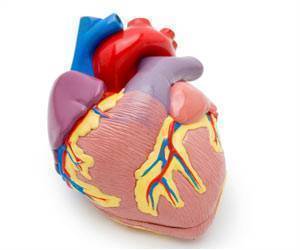Benefits of Cardiovascular Magnetic Resonance (CMR) engaged in patients who have been resuscitated after Sudden Cardiac Death or enter hospital suffering from abnormal heartbeat rhythm, demonstrated.

Standard cardiac imaging tests were conducted in all patients. But the researchers also used a 3-Tesla MRI at the Robarts Research Institute to evaluate whether they could find an answer with one test. "What we found was interesting. In three-quarters of the patients who had an MRI performed, we were able to identify a plausible reason why that heart rhythm occurred. When we looked at the conventional testing and in only half the patients found a cause. So this made a very big and incremental difference to our diagnosis of these patients. We also found that about 50 per cent of the time, we provided either a new or alternate diagnosis for this patient population." Often the patients were found to have inflammation of the heart muscle or small heart attacks that had gone undetected.
The research was conducted in conjunction with the arrhythmia department at London Health Sciences Centre (LHSC). Dr. White is a Cardiologist and a scientist with Robarts and the Biomedical Imaging Research Centre (BIRC) at Western and Lawson Health Research Institute. He is an assistant professor in the Department of Medicine at Schulich Medicine & Dentistry and practices within the Division of Cardiology at the LHSC.
Source-Eurekalert















